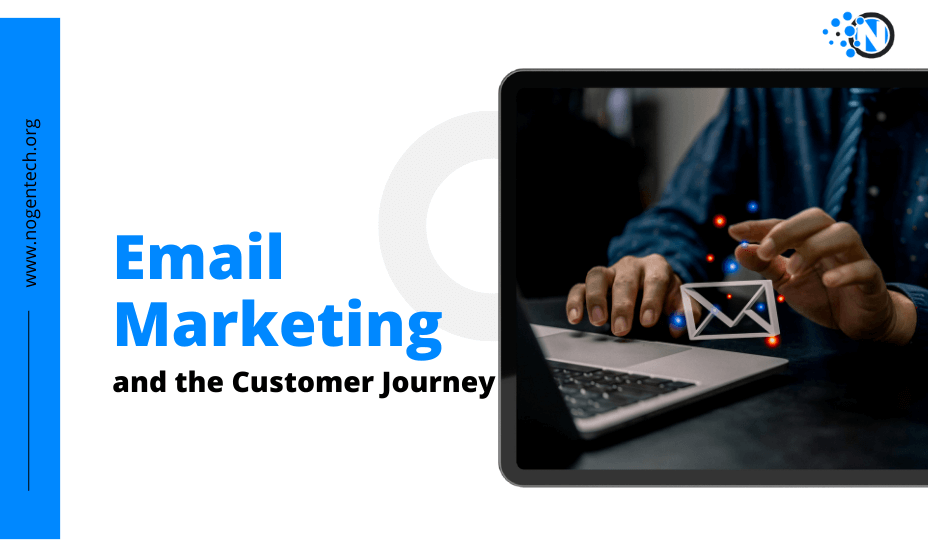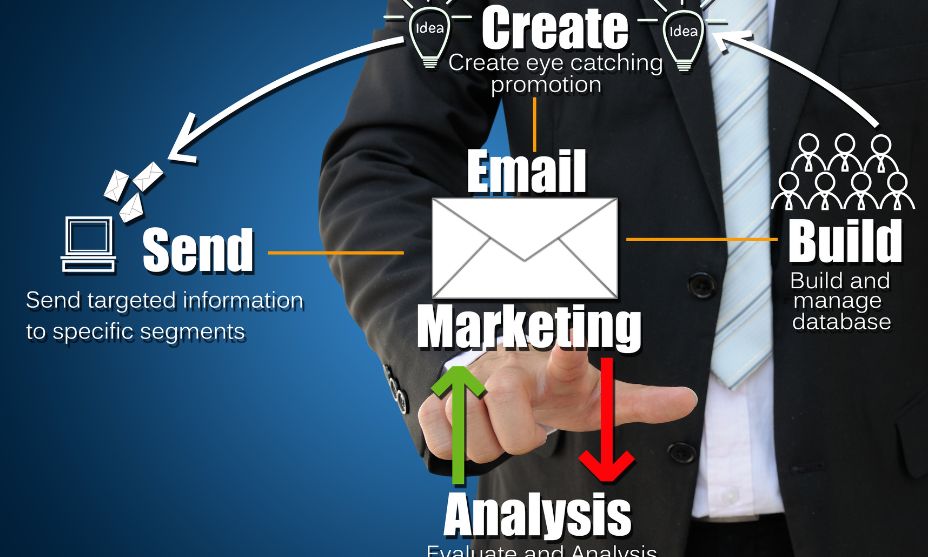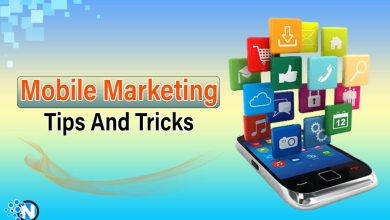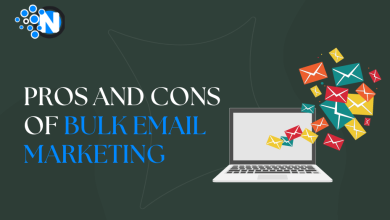Email Marketing and the Customer Journey – How to Map Your Strategy

Email marketing is a powerful tool for engaging with customers throughout their journey with your brand. By understanding the customer journey and strategically mapping your email marketing efforts, you can deliver targeted and relevant content that nurtures relationships and drives conversions.
It is key for any business to stay in touch with its customer base. Growing businesses can look into the best practices of increasing conversion rates through emails or 10 best practices to create survey invitation emails to stay ahead of their competitors. This can prove to be a defining change in its work strategy.
Understand the Customer Journey
You must strategize your email marketing customer journey in different stages. During the awareness stage, customers become familiar with your brand and identify their needs or challenges. Use e-mail customer journey to introduce your brand, share educational content, and capture their attention.
In the consideration stage, customers actively evaluate solutions and compare options. Provide emails that showcase your products or services, offer case studies, and testimonials, and provide compelling reasons to choose your brand. In the decision stage, customers are ready to make a purchase or take a specific action. Customer journey email examples include promotions, discounts, limited-time offers, and creating a sense of urgency to encourage conversions.
Segment Your Email List
Segmenting your email list allows you to personalize your emails and deliver content that resonates with each segment, increasing the likelihood of engagement.
- You can segment your email list based on demographic information such as age, gender, location, or job title. This allows you to tailor your content and messaging to specific audience segments.
- Customer behaviors are also key to account for in your email list. People can be filtered based on customer behavior, such as past purchases, website interactions, or engagement with previous emails. This enables you to send targeted emails that align with their actions and preferences.
- Segment your list based on where customers are in their journey. Send different emails to prospects, new customers, loyal customers, and re-engagement campaigns to bring inactive customers back into the fold.
Create Relevant and Personalized Content
Craft subject lines that resonate with each segment and grab their attention. Use merge tags to include personalization elements like the recipient’s name or location. Incorporate dynamic content into your emails to deliver personalized experiences. Customize product recommendations, offers, or content based on the recipient’s preferences or past interactions.
Set up triggered emails based on specific customer actions or milestones. For example, send a welcome email when a prospect signs up or a re-engagement email for customers who have not made a purchase in a while.

Provide Value at Every Stage
It is important that your audience feels appreciated and acknowledged for their association with the brand. To provide them with more value and recognition, you can:
- Offer educational content that addresses the pain points and challenges your audience faces. Provide valuable resources, guides, or how-to content that positions your brand as a trusted authority.
- Share success stories, case studies, and testimonials to demonstrate how your products or services have helped other customers. Social proof can be a powerful motivator in the decision-making process.
- Reward customer loyalty with exclusive offers, discounts, or early access to new products or features. This not only encourages repeat purchases but also strengthens the bond with your brand.
Automate Email Workflows
Use automation tools to trigger emails based on specific actions or events. For example, if a subscriber abandons their cart, an automated cart abandonment email can be sent to remind them and offer an incentive to complete the purchase. Automation saves time and ensures timely and relevant communication.
Set up a welcome series of emails to introduce new subscribers to your brand, provide valuable information, and encourage them to take the next steps in their customer journey. Use automation to trigger customer journey email marketing when someone joins your list.
Abandoned Cart Emails
For customers who abandon their carts without completing a purchase, send automated emails to remind them of the items they left behind and incentivize them to complete their purchase. These emails can include personalized product recommendations, discounts, or free shipping offers.
Post-Purchase Follow-ups
After a customer makes a purchase, automate a series of follow-up emails to thank them for their purchase, provide order confirmation and tracking details, and offer related products or services. This helps build customer loyalty and encourages repeat purchases.
Measure and Analyze Key Metrics
Track key email metrics such as open rates, click-through rates, conversion rates, and unsubscribe rates. Analyze these metrics to gain insights into the effectiveness of your email campaigns at each stage of the customer journey. Implement conversion tracking to monitor the impact of your emails on specific actions, such as purchases or sign-ups. This helps you understand the ROI of your email marketing efforts.
Continuously Improve Through User Feedback
Pay attention to user feedback received through surveys, customer support, or social media. This feedback can provide valuable insights into how your email marketing efforts are perceived and help you make necessary improvements.
Stay informed about the latest email marketing best practices and industry trends. Subscribe to industry newsletters, attend webinars, and read blogs to ensure that your email strategy remains up-to-date and aligned with current standards.
Conclusion
Mapping your customer journey emails is a powerful approach to engaging with your audience at every stage of their relationship with your brand. Keep evolving and refining your approach to meet your customer’s evolving needs and expectations, and deliver email experiences that leave a lasting impression.




